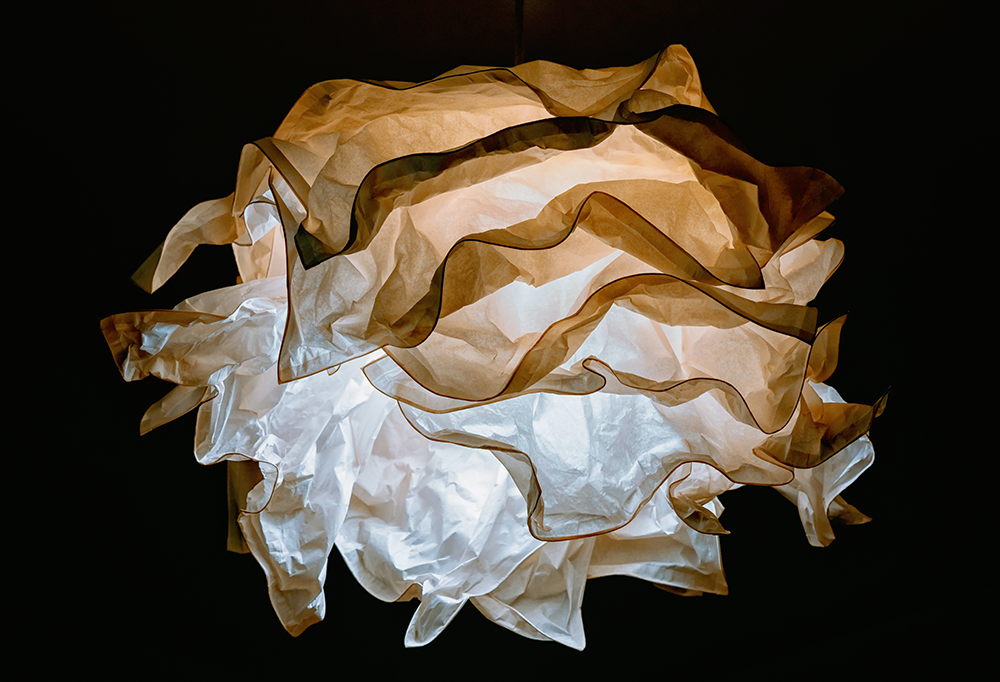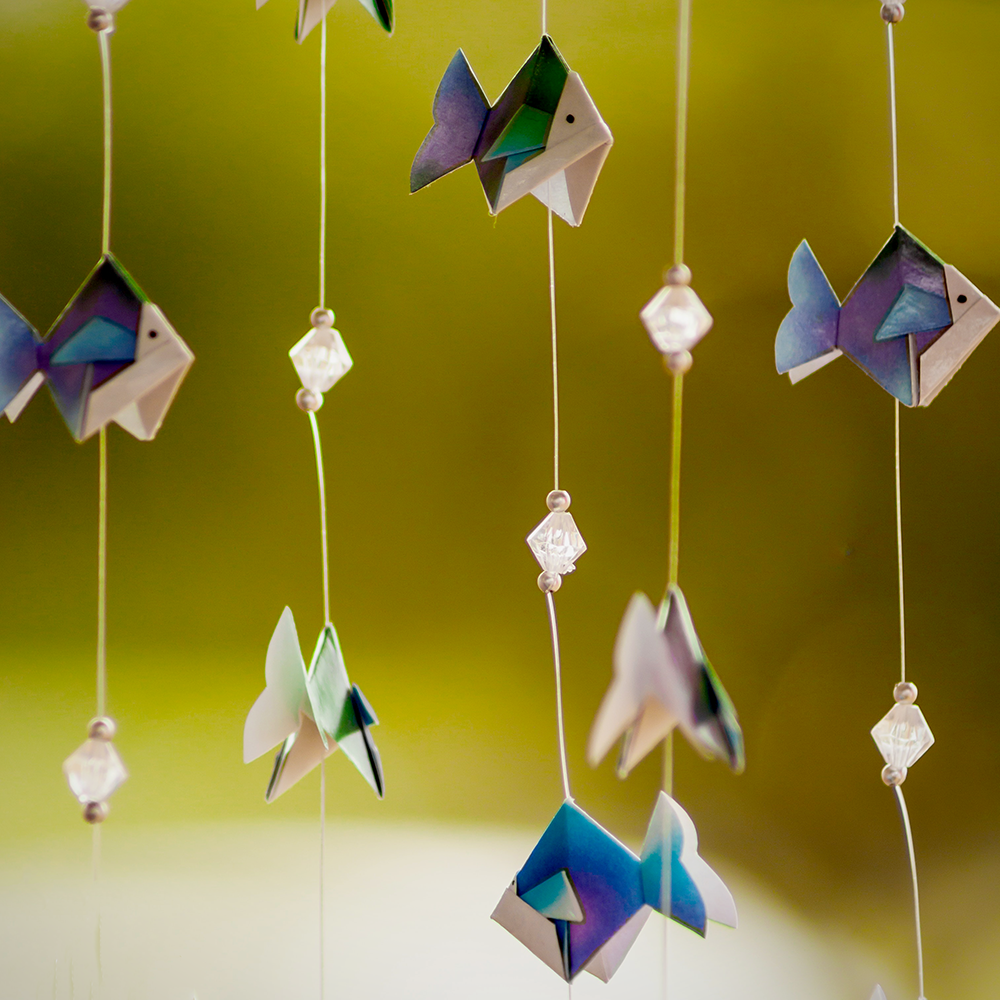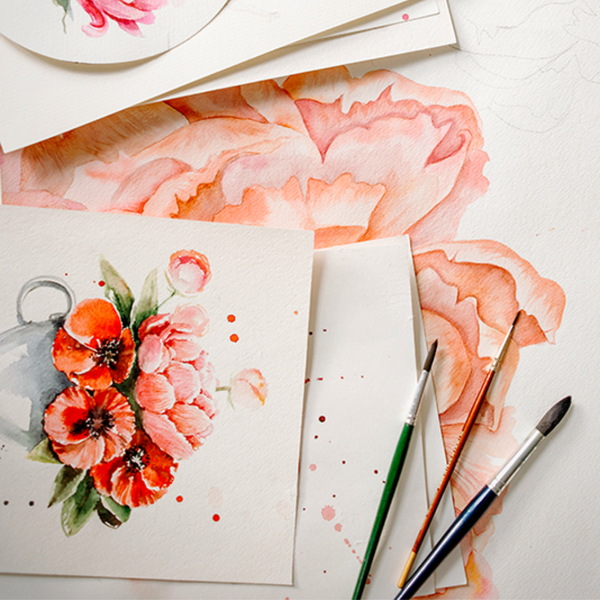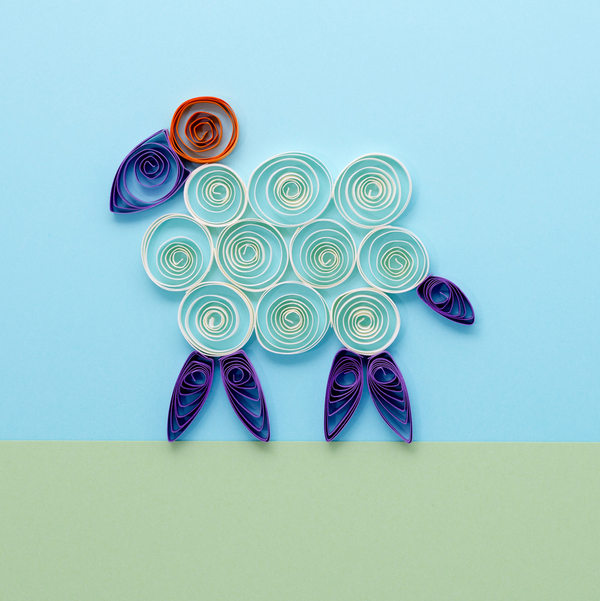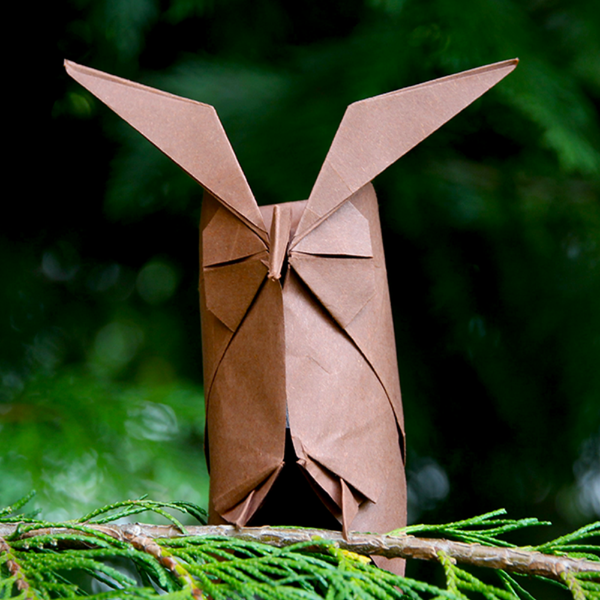Crafting is an art form that has been cherished for centuries, and the choice of materials can significantly affect the outcome of a project, and among these materials, paper plays a pivotal role.
Crafting isn't just a hobby; it's a journey into the heart of creativity, where every material whispers a different story.
And when it comes to storytelling, thin craft paper is an unsung hero.
Let's unfold the delicate pages of this guide and explore the sheer elegance of thin craft papers, the silent backbone of countless masterpieces.
This article delves into the world of thin craft papers, exploring their types, uses, and how to select the best paper for your crafting needs.
From the whisper-thin tissues to the sturdy yet flexible vellum, we'll guide you through the finest selections that promise to elevate your crafting game.
Whether you're a seasoned artist or a curious beginner, understanding the subtleties of thin craft paper can transform the way you bring your ideas to life!
Key Takeaways:
- Understand the various types of thin craft paper and their specific uses in paper crafting.
- Learn about the differences between tissue paper, vellum paper, and other thin craft papers.
- Discover the importance of choosing the right paper for your craft projects to enhance quality and presentation.

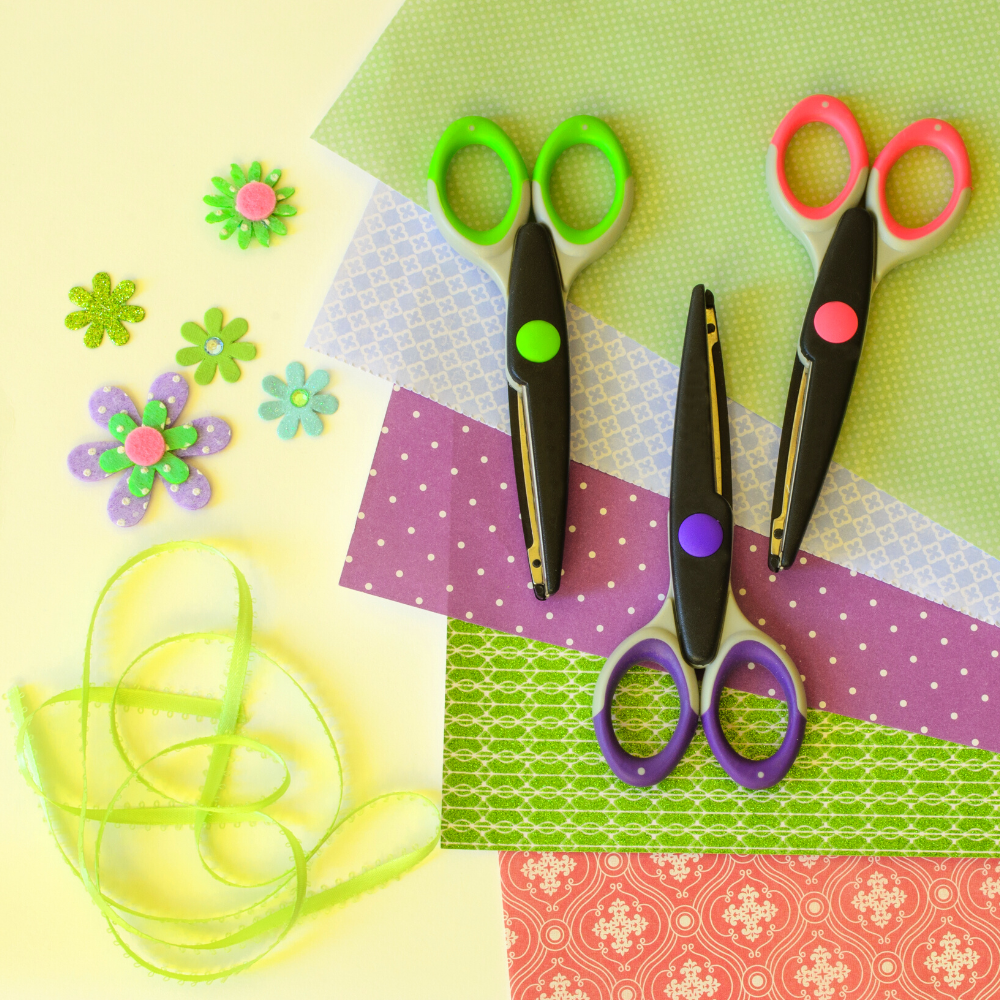

The Delicate Dance of Thin Craft Papers
Step into the enchanting world of thin craft papers, where each sheet whispers a different story and carries a unique name like a badge of honor.
This is a realm where the term 'thin craft paper' is an umbrella for a diverse cast of paper personalities, each tailored for a specific role in the crafting universe.
First, let's meet tissue paper, the ballet dancer of the paper world—ethereal, translucent, and delicate.
It's the go-to for adding a soft touch to gift wrapping and for creating airy paper flowers that seem to float on a gentle breeze.
Then there's tracing paper, the see-through guide that helps artists and crafters transfer designs with precision.
It's the silent partner in the creative process, often overlooked but always essential.
Vellum steps in with a bit more body, a translucent paper that's a favorite for elegant wedding invitations and overlays that add a touch of sophistication to any project.
And let's not forget rice paper, with its roots in ancient traditions, offering a fibrous texture that's perfect for calligraphy and traditional arts.
Each of these thin craft papers is a testament to the versatility and adaptability of paper in the hands of a creative individual.
They are the unsung heroes that make the world of crafting an endlessly fascinating adventure.
Tissue Paper: The Delicate Choice
Tissue paper is a staple in the realm of paper crafts.
Known for its delicate nature and a wide array of colors, it is often used for making paper flowers, gift wrapping, and other decorative purposes.
Its thin translucent paper quality allows for a variety of applications, from layering to creating intricate designs.
Vellum Paper: A Touch of Elegance
Vellum paper, with its smooth and slightly translucent appearance, is a popular choice for wedding invitations and greeting cards.
This high-quality paper adds a touch of sophistication to any craft project.
Its unique texture allows it to stand out among other paper types, making it a favorite for card making and scrapbooking.
Kraft Paper: The Versatile Performer
Kraft paper, or coarse brown paper, is a durable paper known for its strength and versatility.
From creating brown paper bags to textured paper for scrapbook papers, kraft paper is a go-to for many crafters.
Its ability to withstand various crafting techniques makes it suitable for a range of projects, including paper mache projects and construction paper crafts.
Construction Paper: The Classroom Favorite
Construction paper is a medium weight paper that is commonly used in children's crafts.
Available in a spectrum of colors, it is perfect for projects that require colored paper, such as poster board presentations or simple paper sculptures.
Its slightly thicker quality compared to other thin papers makes it a durable option for young crafters.

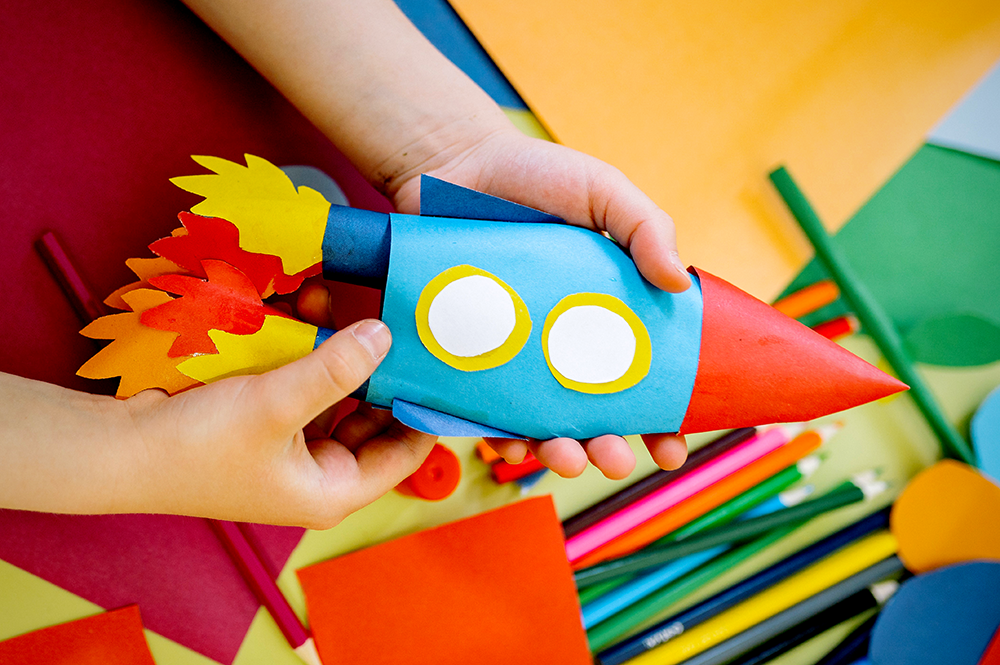

Origami Paper: The Art of Folding
Origami paper is specifically designed for the Japanese art of paper folding.
This type of paper is usually square and comes in various sizes, ideal for creating intricate origami models.
The best paper for origami is lightweight yet strong, allowing for precise folds without tearing.
Newsprint Paper: The Eco-Friendly Option
Newsprint paper, often used for printing newspapers, is a recycled paper that has found its way into the crafting world.
It is a thinner paper that is perfect for recycled projects, such as creating a base for paper mache or as a filler for gift bags.
Its crinkled surface also adds texture to craft projects.
Handmade Paper: The Unique Touch
Handmade paper is exactly what it sounds like—paper made by hand.
This specialty paper often contains a mix of recycled paper and natural fibers, resulting in a unique, textured paper that is perfect for special projects.
Each sheet of handmade paper is one-of-a-kind, adding a personal touch to paper crafting.
Cardstock Paper: The Sturdy Base
Cardstock paper is a thicker, more durable paper often used as a base for card making and other paper projects.
Its sturdy nature makes it ideal for creating the structure of greeting cards, wedding invitations, and more.
Available in various colors and finishes, cardstock is a versatile paper for crafting.
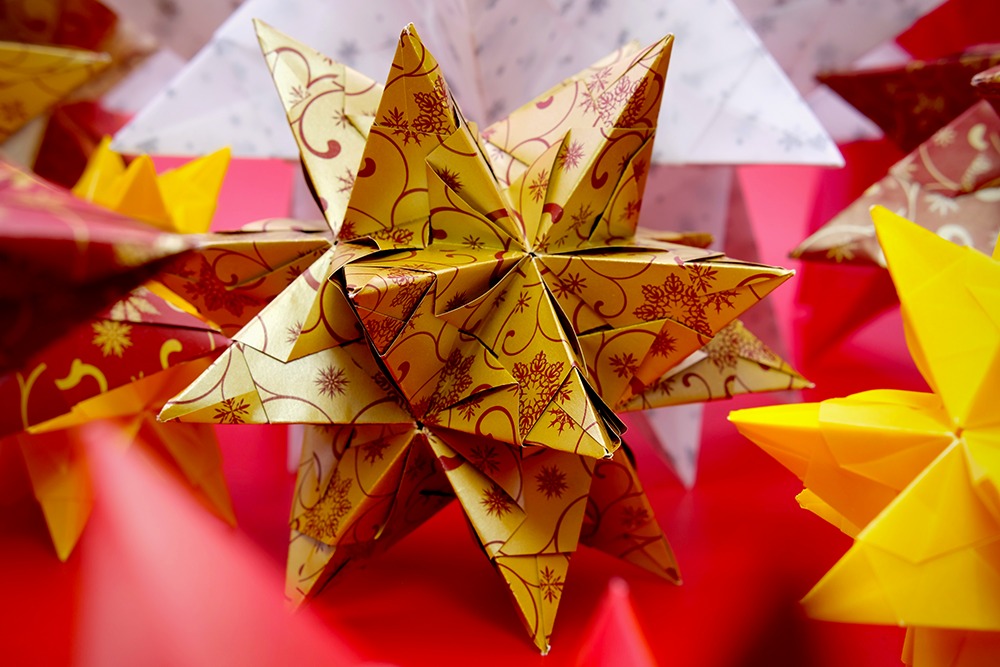

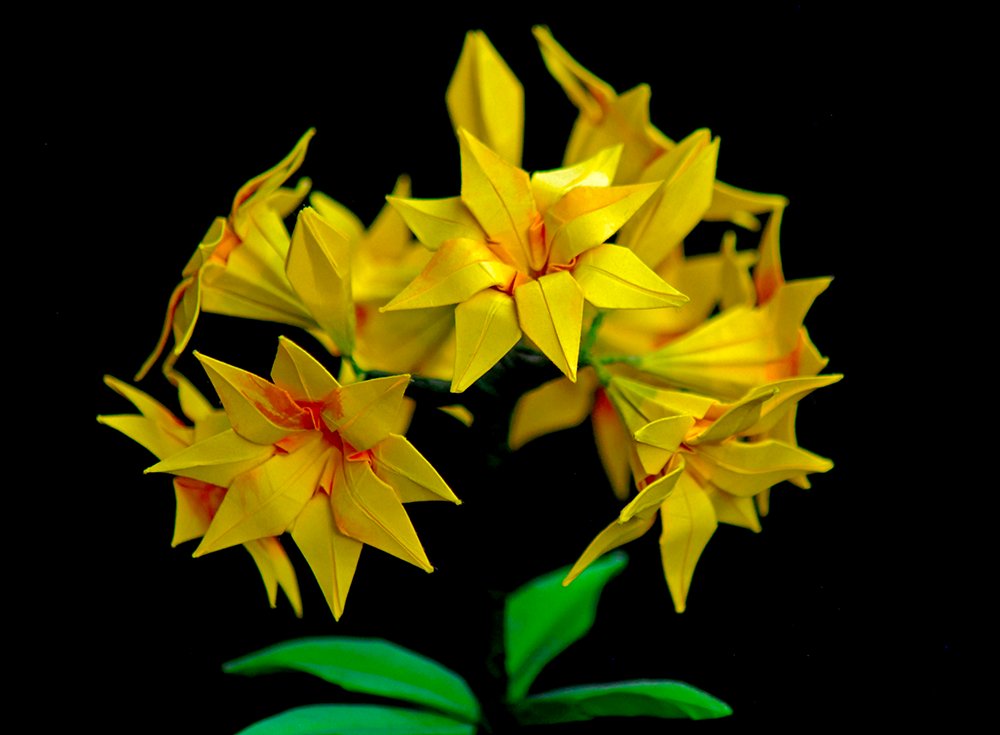
Watercolor Paper: The Artist's Canvas
Cold press watercolor paper is a type of high-quality paper designed for watercolor painting.
Its textured surface can also be used in paper crafting for projects that require a durable paper capable of holding wet media.
This paper is thicker than typical craft papers but can be included in mixed-media paper art pieces.
Specialty Papers: Beyond the Basics
Specialty paper encompasses a wide range of paper types, each with unique qualities.
From glossy paper for printing documents to acid-free paper for archival purposes, the world of specialty papers is vast.
Foil paper, Italian crepe paper, and mulberry paper are just a few different types that add a special touch to craft projects.
Washi Paper: Tradition Meets Modern Crafting
Washi paper, a traditional Japanese paper known for its strength and beauty, has found a special place in the hearts of crafters worldwide.
Made from natural fibers, this thin paper is surprisingly durable and flexible, making it ideal for a variety of crafting applications.
Its unique texture and translucency set it apart from other crafting papers, and it is often used in projects that require a delicate touch or an ethereal quality.
Washi paper is also commonly used in making custom tapes, known as washi tape, which has become a staple in scrapbooking and journaling for its ease of use and decorative appeal.
In the realm of high-quality paper, washi stands out for its eco-friendliness and renewable origins.
It is a testament to the balance between tradition and innovation, as modern crafters find new ways to incorporate this ancient paper into contemporary designs.
From creating stunning backgrounds for scrapbook pages to wrapping gifts with a thin layer of elegance, washi paper transcends cultural boundaries and continues to inspire with its versatility.
Its application in children's crafts also introduces a tactile and visual experience that stimulates creativity and appreciation for materials that have stood the test of time.



Scrapbook Paper: Preserving Memories
Scrapbook paper is a cornerstone of the paper crafting world, offering a myriad of designs to personalize and enhance memory books.
This high-quality paper is often acid-free, ensuring that photographs and memorabilia are preserved without the risk of deterioration over time.
The variety of textures, from smooth to embossed, allows for creative expression, while the durability of scrapbook paper makes it suitable for layering and embellishing.
Whether it's a thin layer of glitter or a bold, patterned print, scrapbook paper is designed to make each page of a scrapbook as unique as the memories it holds.
The versatility of scrapbook paper extends beyond its traditional use.
Crafters have adopted this high-quality paper for a range of projects, including handmade cards, home décor, and even as a medium for children's crafts.
The acid-free nature of scrapbook paper is particularly important when it comes to children's crafts, as it ensures that their creations can be treasured for years to come.
With an ever-growing selection of designs and finishes, scrapbook paper continues to be a favorite among crafters of all ages, inspiring new ways to capture and celebrate life's moments.
Parchment Paper: The Time-Honored Classic
Parchment paper has long been revered for its durability and unique texture, making it a high-quality paper choice for various artistic and crafting endeavors.
Its smooth surface is ideal for calligraphy and can also be used in baking, demonstrating its versatility.
Parchment paper is not only acid-free, which ensures the longevity of the artwork, but it also possesses a certain translucency that adds a layer of sophistication to any project.
Its historical significance and enduring quality make it a staple in the crafting world.
The use of parchment paper extends beyond the realm of adult crafts; it is also a fantastic medium for children's crafts.
Its resistance to grease and moisture makes it a practical option for young artists who may be prone to spills and messes.
Additionally, parchment paper can be used to create impressive stencils or templates, which can be a fun and educational activity for children, teaching them about shapes, symmetry, and design while fostering their creativity.
Bond Paper and Coated Paper
Bond paper is a type of high-quality paper that is commonly used for letterheads, stationery, and documents requiring a professional touch.
Its strength and durability come from its high rag content, making it a preferred choice for important correspondence and presentations.
Bond paper's smooth finish ensures that ink adheres well and dries quickly, reducing the risk of smudging and providing a crisp, clear result every time.
This makes it an excellent option for both professional and personal projects that require a neat and polished appearance.
Coated paper, on the other hand, is treated with a surface sealant, typically clay, to impart certain qualities such as weight, surface gloss, smoothness, or reduced ink absorbency.
This treatment allows for sharper and more vibrant image printing, which is why coated paper is often used for high-end brochures, catalogs, and magazines.
The coating can vary from a light gloss to a heavy matte finish, providing options for different aesthetic preferences and uses.
Coated paper is also more resistant to wear and tear, making it a durable choice for projects that need to withstand frequent handling.

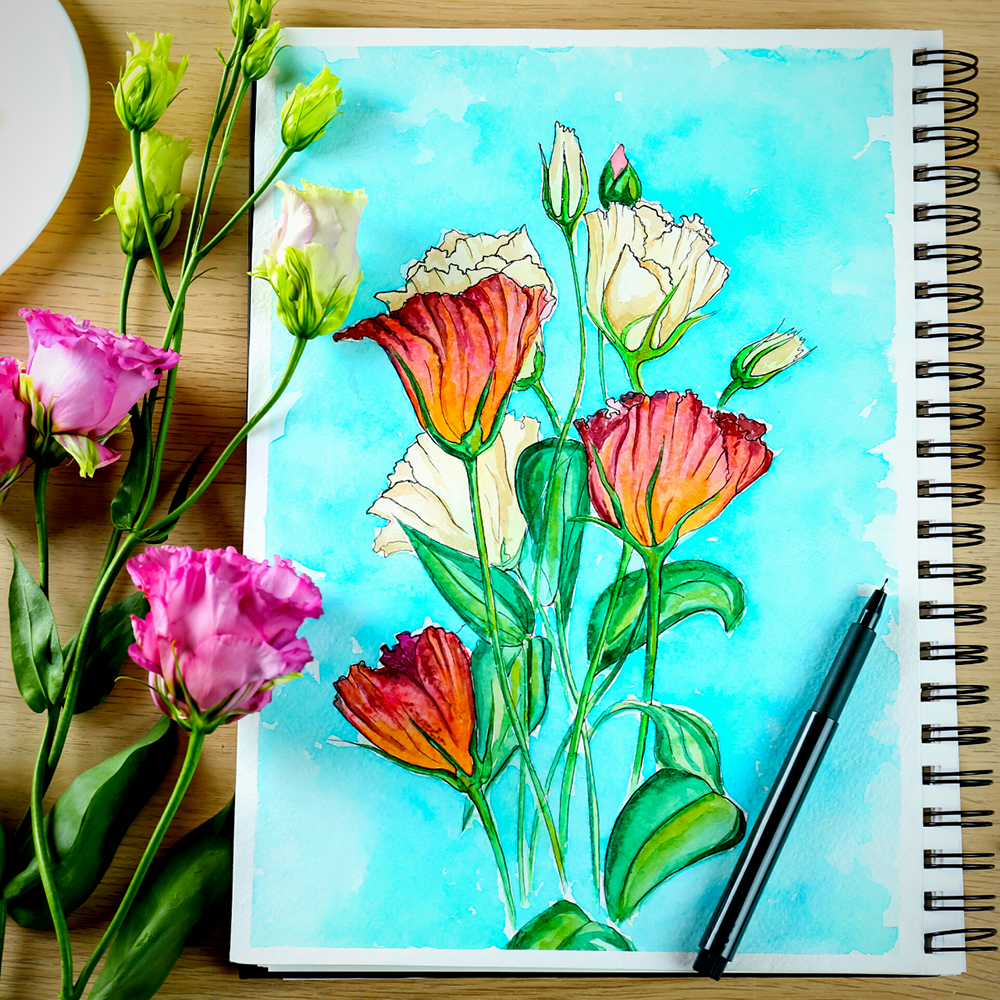

Acid-Free Paper: Preserving and Protecting
Acid-free paper is a staple in the world of high quality paper crafting, prized for its longevity and its ability to preserve the integrity of artworks and documents over time.
Unlike standard paper, which can yellow and become brittle as it ages due to the presence of acid, acid-free paper is made using alkaline materials that resist deterioration.
This characteristic makes it an essential choice for scrapbooking enthusiasts, archivists, and anyone interested in creating heirlooms that stand the test of time.
By selecting acid-free paper for projects, crafters ensure that their cherished memories and creations remain vibrant and intact for future generations to admire.
In addition to its archival qualities, acid-free paper is also favored for its superior texture and finish, which can enhance the appearance of both children's crafts and professional art pieces.
Its compatibility with a wide range of mediums, from watercolors to inks, allows for a seamless creative process without the fear of damaging the paper's surface.
For those engaged in the business of paper crafting, offering products made with acid-free paper can be a significant selling point, signaling a commitment to quality and durability.
As consumers become more aware of the benefits of acid-free paper, its popularity continues to grow, solidifying its place as a cornerstone of conscientious crafting.
Corrugated Cardboard: Structural Powerhouse
Corrugated cardboard is often the unsung hero in the realm of high quality paper crafting materials.
Its unique structure, featuring a fluted corrugated sheet sandwiched between two flat linerboards, provides an unmatched durability and strength that is essential for creating more substantial projects.
This material is not only robust but also lightweight, making it an ideal choice for crafting items that require a sturdy base without the added heft.
From custom packaging and gift boxes to innovative children's crafts, corrugated cardboard offers a versatile foundation for a myriad of creative endeavors.
The versatility of corrugated cardboard extends beyond its structural benefits.
It serves as an excellent canvas for various artistic applications, allowing crafters to paint, glue, and decorate its surface to transform it into a personalized masterpiece.
Children, in particular, find joy in manipulating this pliable material, turning it into imaginative playhouses, vehicles, and even wearable art.
The ease with which corrugated cardboard can be cut and shaped makes it a go-to resource for educators and parents alike, fostering an environment where children's crafts can flourish and inspire the next generation of creative minds.
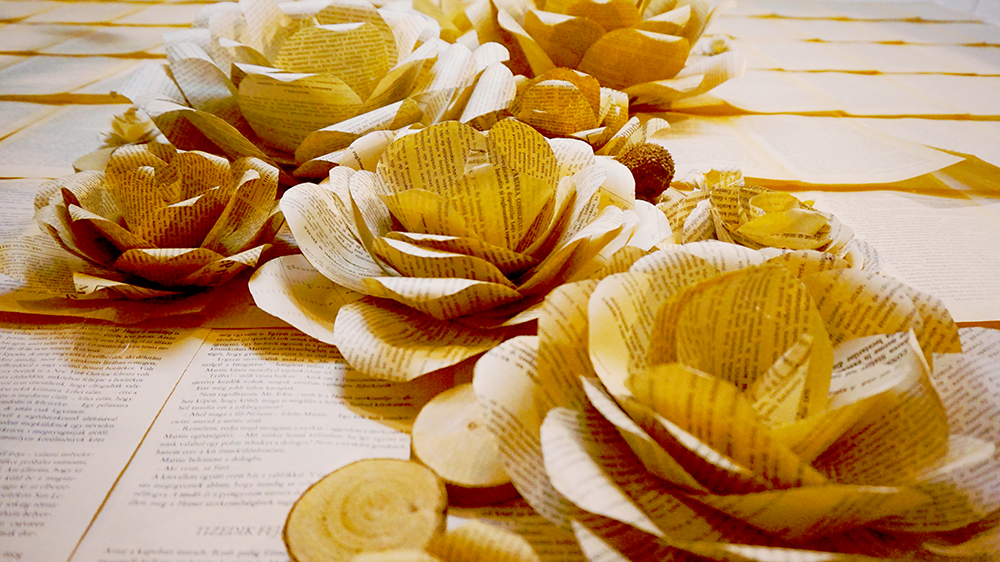
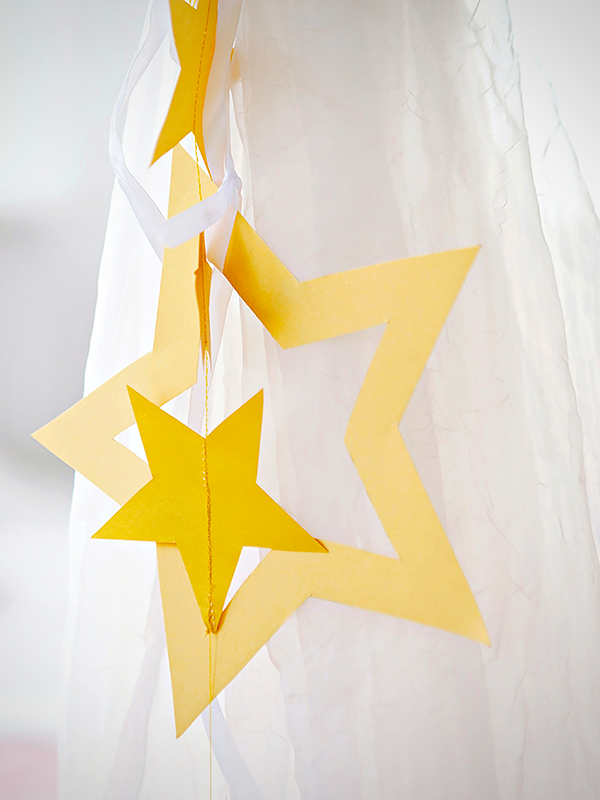

Choosing the Right Paper for Your Project
Selecting the right paper for your project is crucial.
Whether you're making paper flowers, crafting gift bags, or embarking on paper mache projects, the paper quality can make or break your creation.
Consider the paper's weight, texture, and color when choosing the best paper for your craft.
The Role of Paper in Crafting
Paper is more than just a material—it's the foundation of countless craft projects.
From delicate paper used in decoupage to the durable paper needed for scrapbook papers, the kind of paper you choose can define the character and longevity of your work.
Sustainability in Paper Crafting
As the world becomes more eco-conscious, the use of recycled paper and sustainable practices in paper crafting is gaining importance.
Recycled projects not only give new life to old materials but also help reduce waste.
Choosing wood pulp-based papers or those with a high percentage of recycled content can make a difference.
Paper Crafting Techniques
The techniques used in paper crafting vary as widely as the types of paper available.
From the intricate cuts required for paper sculptures to the layering needed for decoupage paper, each technique demands a specific type of paper.
Understanding the properties of thin papers, such as their ability to hold a fold or take on glue, is essential.
The Evolution of Paper Crafting
Paper crafting has evolved from simple, handmade endeavors to complex art forms.
The introduction of new paper types, such as laser printer paper and matte paper, has expanded the possibilities for crafters.
With advancements in paper quality and the creation of new crafting paper, the potential for innovation is endless.
Paper Crafting for All Ages
Paper crafting is an activity that can be enjoyed by people of all ages.
From simple children's crafts using construction paper to more advanced projects with cardstock paper and vellum paper, there's something for everyone.
Engaging in crafting paper activities can foster creativity and provide a sense of accomplishment.
The Business of Paper Crafting
For those looking to turn their passion for paper crafting into a business, understanding the different types of paper and their applications is key.
Creating high-quality products, such as wedding invitations or greeting cards, requires the use of the best paper available.
Knowing which paper types to invest in can make a significant impact on the success of a crafting business.
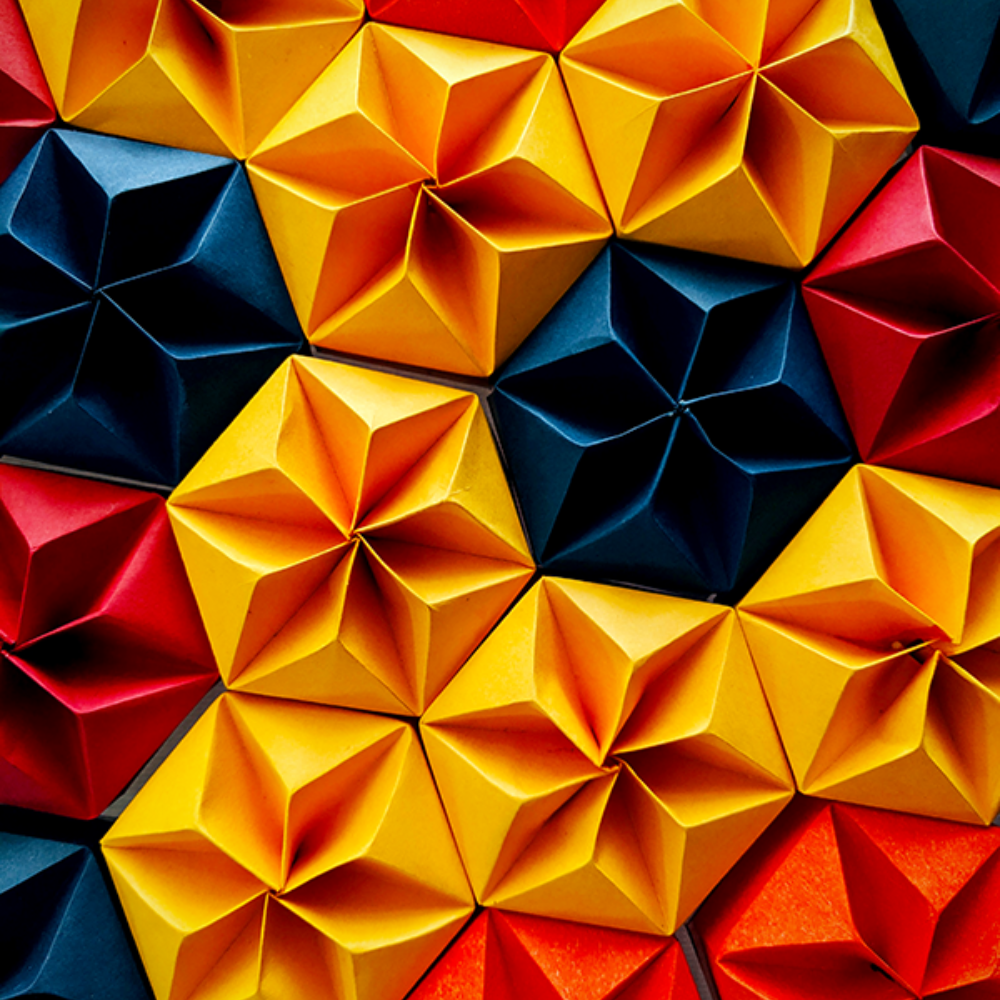
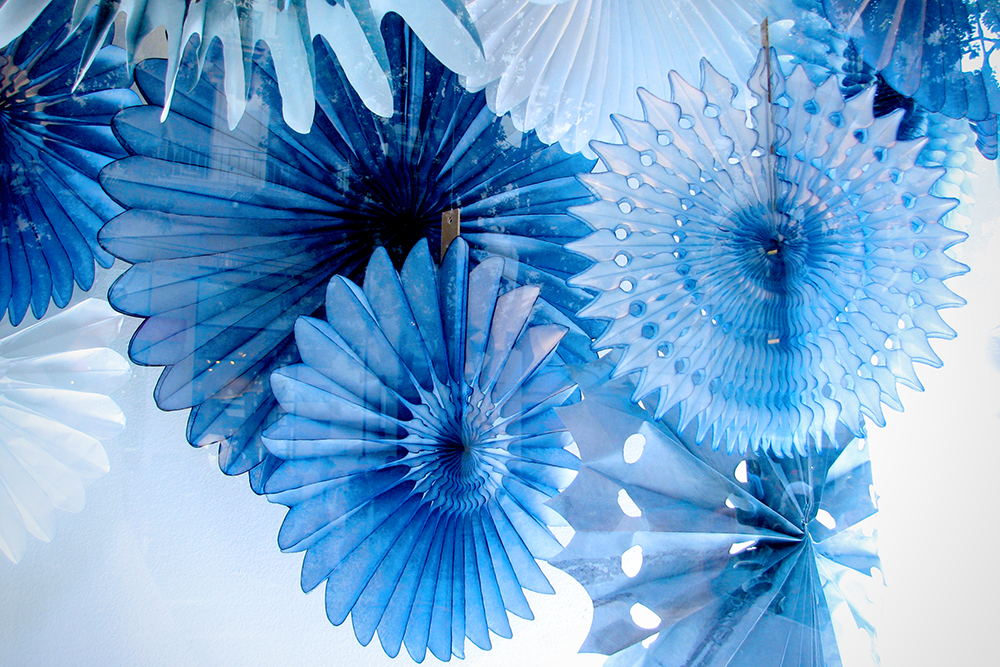

Craft Masterpieces with Perfect Paper Choices
In the realm of crafting, the paper you choose is not just a backdrop; it's a canvas that holds your creative spirit.
Thin craft paper is more than just a material—it's a medium that breathes life into your artistic visions.
They come in various forms, each with its own name and specific use.
From the delicate tissue paper to the sturdy kraft paper, understanding the differences between these paper types is essential for any crafter.
Whether you're creating gift bags, wedding invitations, or engaging in paper mache projects, choosing the right paper is crucial for achieving the desired outcome.
As we've journeyed through the delicate dance of tissue papers and the robust embrace of craft papers, it's clear that each type holds the key to unlocking new dimensions of your craft.
By arming yourself with the knowledge of these paper varieties and their unique characteristics, you're not just selecting a paper—you're curating an experience.
So, go ahead, let your creativity soar on the wings of the perfect paper, and watch as your crafting projects take flight, leaving a trail of awe and inspiration in their wake.

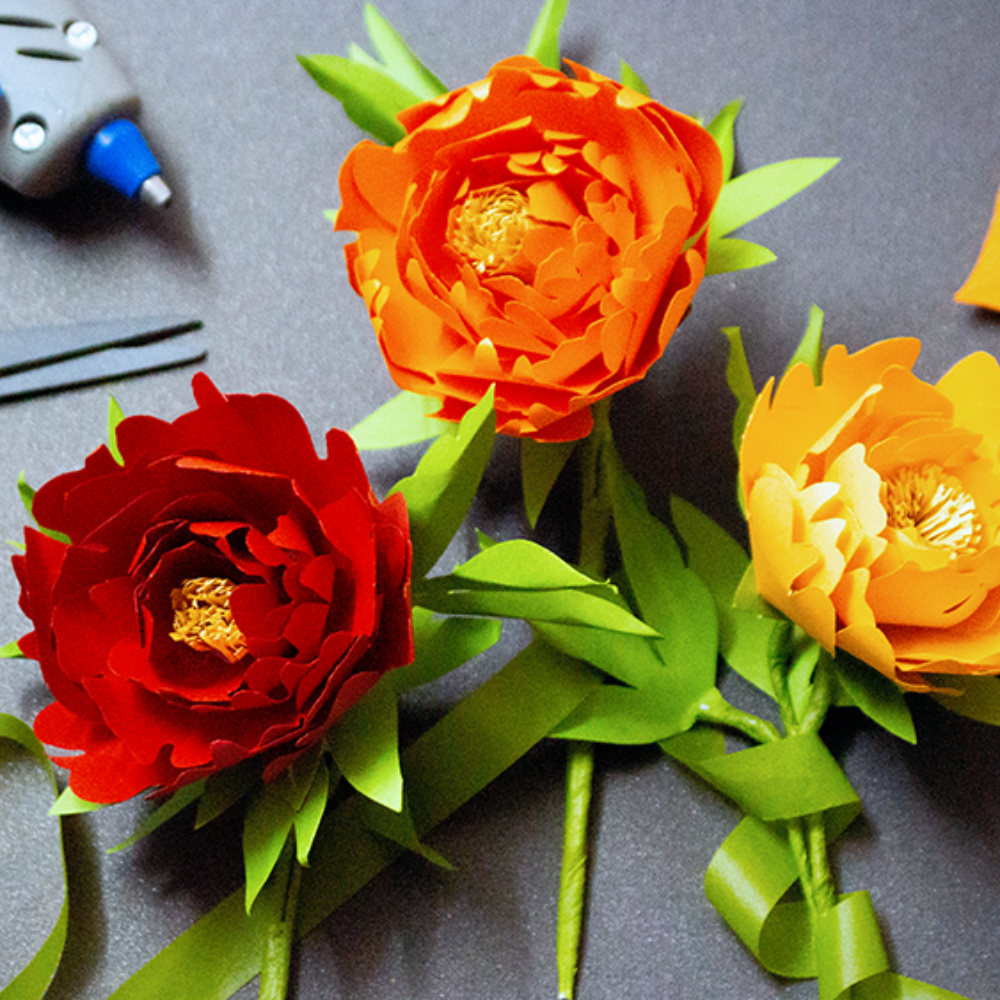

Paper FAQs
Diving into the world of paper crafts can be as intricate as it is enchanting.
Whether you're a budding artist or a seasoned crafter, the paper you choose is the blank canvas for your creativity.
But with so many types, textures, and thicknesses, how do you know which paper will bring your vision to life?
Fear not, for we've compiled a list of your most pressing paper queries to guide you through the maze of choices.
From the delicate art of paper flowers to the precision of origami folds, and the preservation of your cherished scrapbook memories, we've got the answers to ensure your projects not only look stunning but stand the test of time.
What is the best type of paper for making paper flowers?
Tissue paper and Italian crepe paper are among the best choices for making paper flowers due to their lightweight and flexible nature, allowing for realistic petal shapes and vibrant colors.
Can I use regular copy paper for origami?
While you can use copy paper for origami, it is not ideal. Origami paper is thinner and more pliable, making it easier to fold without tearing. Copy paper is better suited for printing documents.
Is it important to use acid-free paper for scrapbooking?
Yes, using acid-free paper for scrapbooking is important because it prevents the paper from yellowing over time, ensuring that your memories are preserved in the best condition possible.

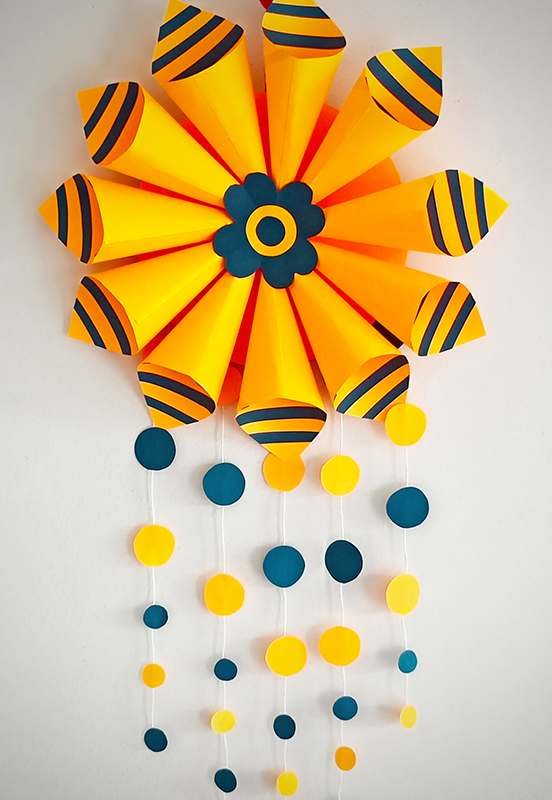
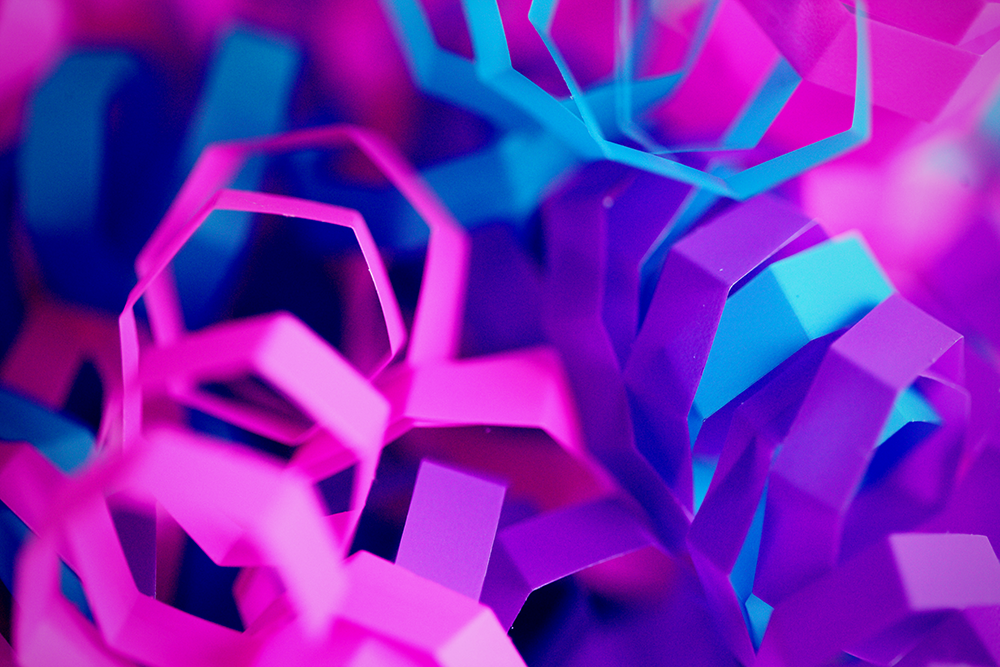
Eager to get crafty with paper? Check out Being Artistic's video!
Want even more content about creativity and art?
Be sure to check out all of our creative chronicles!
Ready to get creative with paper?
Check out our other art paper articles:
-How do you harden a paper sculpture?


